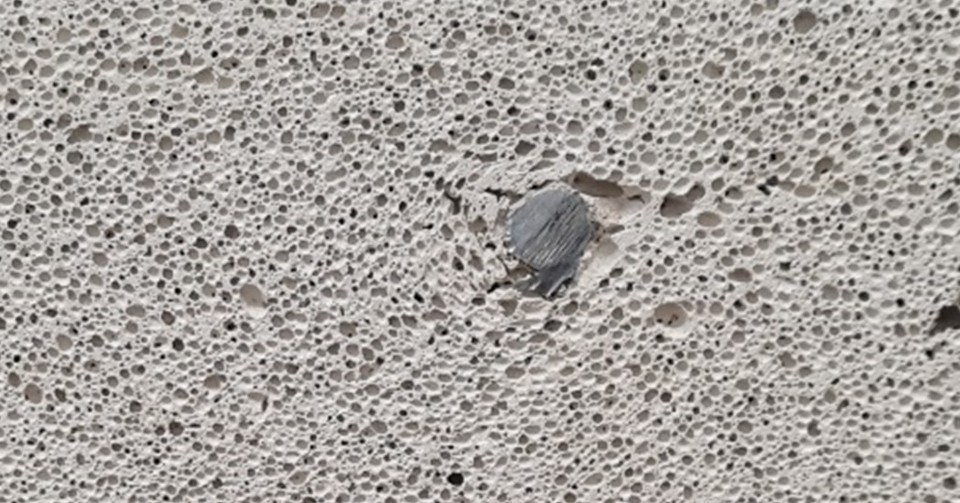‘No indications’ of widespread RAAC use in social housing

A working group has been established to understand the extent that reinforced autoclaved aerated concrete (RAAC) has been used in social housing in Scotland with early indications that the use of the material is not widespread.
The Scottish Federation of Housing Associations (SFHA) said yesterday that it is engaging with members, the Scottish Housing Regulator and the Scottish Government to understand the extent of the issue in Scotland, and is participating in a government working group on the matter.
“So far, there are no indications of its widespread use in social housing, although SFHA members continue to carry out reviews of their stock and will take action if required,” the SFHA said.
RSLs have been urged to follow guidance issued by the Institute of Structural Engineers on RAAC.
In a ministerial statement on RAAC in the Scottish Parliament yesterday, social justice secretary Shirley-Anne Somerville reiterated to MSPs that the Scottish Government continues to follow professional advice on RAAC, and is working with local authorities and other partners to understand the extent of the issue.
Ms Somerville also reassured ministers that the current guidance and risk-based approach remains appropriate.
Addressing parliament, Ms Somerville said: “The Scottish Government and the wider public sector has already done much to understand the extent of RAAC issues in Scotland, and we recognise there is more to do. Everyone with the responsibility for building safety takes this matter very seriously.
“Local authorities have a clear responsibility to ensure their schools are safe for pupils, staff and all their users. They are carrying out assessments of all their school buildings.
“We are aware that some parts of the school estate in some councils still need to complete full surveys. Ministers have been clear to authorities that these must be carried out as a matter of highest priority.
“Safety is the central consideration and there is robust guidance which is followed by every local authority to ensure these buildings are safe for the pupils, staff and the public to be in.”
COSLA president Shona Morrison added: “The first point to make is that there are many councils who own no buildings where RAAC is present.
“The safety of everyone in Scotland’s schools and all other council buildings is of paramount importance to councils. We treat the safety of everyone within our facilities extremely seriously. Scottish local authorities are aware of the RAAC issue in buildings across some of their estates and have regular inspections, put in place mitigations as appropriate and closed some buildings where this is required.
“We would stress that some councils have no RAAC affected buildings. We would reiterate that safety is the central consideration and there is robust guidance to ensure these settings are safe for the public to be in.”
Concerns had been raised after some schools in England were closed, following the identification of RAAC in their structures. The lightweight form of concrete, which was linked to the collapse of the roof at a primary school in 2018, has also been found in more than 30 schools in Scotland.
Earlier this year, NHS Scotland issued a Safety Action Notice which warned that RAAC could be present in more than 250 of its buildings. The notice said roofs, walls and flooring made of RAAC were at “risk of catastrophic structural failure”, which could occur “suddenly” and “without warning”.
Building surveyor Rapleys has also suggested that as many as one in 10 public buildings built during the 1950s-80s contained RAAC panels.
However, the Regulator of Social Housing (RSH) has also revealed that RAAC is not likely to be widespread in social homes in England.
In a letter to registered providers, chief executive Fiona MacGregor said: “Our current understanding, based on engagement with sector advisers and stakeholders, is that RAAC is not widespread in social housing. However, it may be present in a small number of buildings dating from this period particularly in flat roof and panel structures.”









